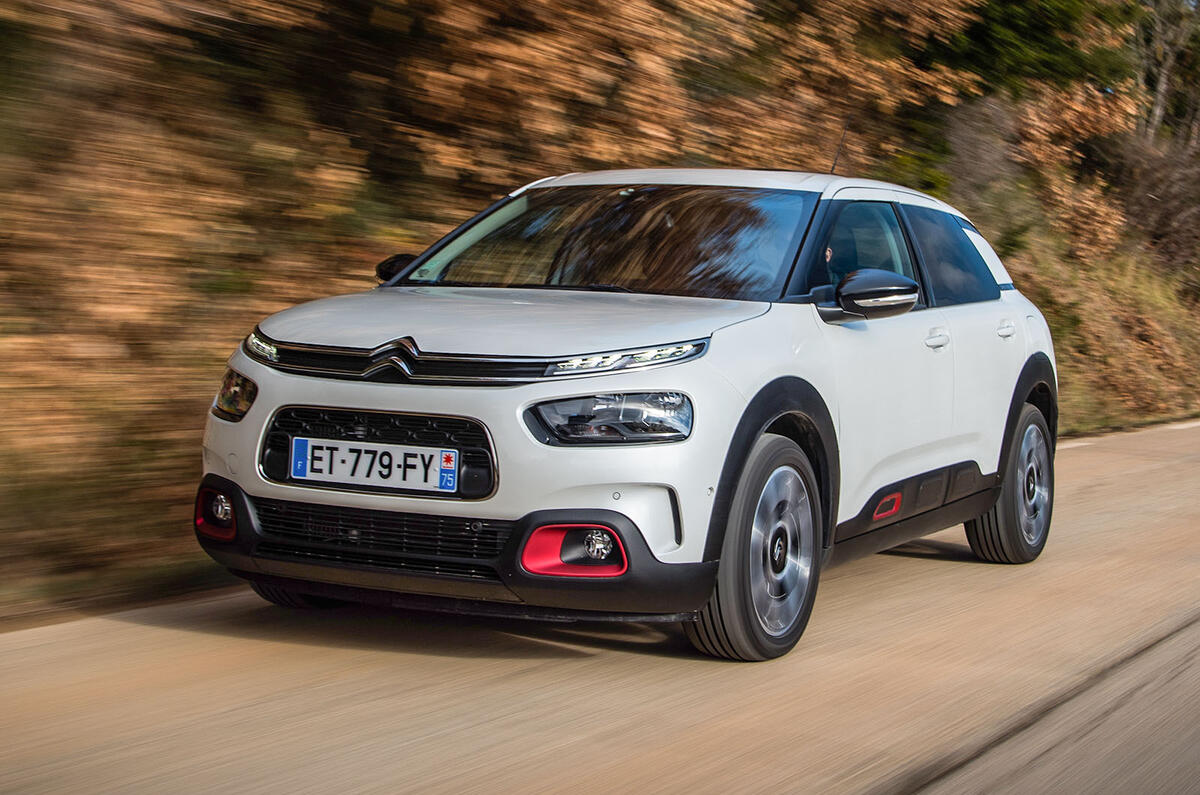When the Citroen C4 Cactus launched in 2014, it was the start of a new style-led era for the French car maker which marked a return to its trademark quirkiness of old.
The car’s Marmite-effect side airbumps, which have since made their way across much of the range, became synonymous with a new time for Citroen under the tenure of Brit boss Linda Jackson. While the styling was divisive, the model was a modest success for Citroen, outselling its more sensible sibling, the Citroen C4, in Europe.
This revised model, almost four years later, brings a couple of notable changes. Firstly, those airbumps are resigned to the side sills, a result of customer feedback says Citroen, but still a disappointing step away from its previous characterful design which set it apart from so many rivals.
Secondly there’s its Advanced Comfort programme, which includes a host of technologies intended to “emphasise a feeling of reassurance, comfort and calm,” according to Citroen. Most notably, that means it has Advanced Comfort seats with adjustable lumbar support and an extra layer of foam plus its Progressive Hydraulic Cushions suspension set-up which promises “a magic carpet effect”.
The suspension adds a pair of secondary hydraulic dampers into each coil-sprung suspension corner, replacing the traditional rubber bumpstops at the top and bottom of the wheel travel. Because the damper progressively cushions the wheel travel at the two extremes of movement, engineers have specified more comfort-oriented springs and dampers for the main job of isolating the car body from the road.































